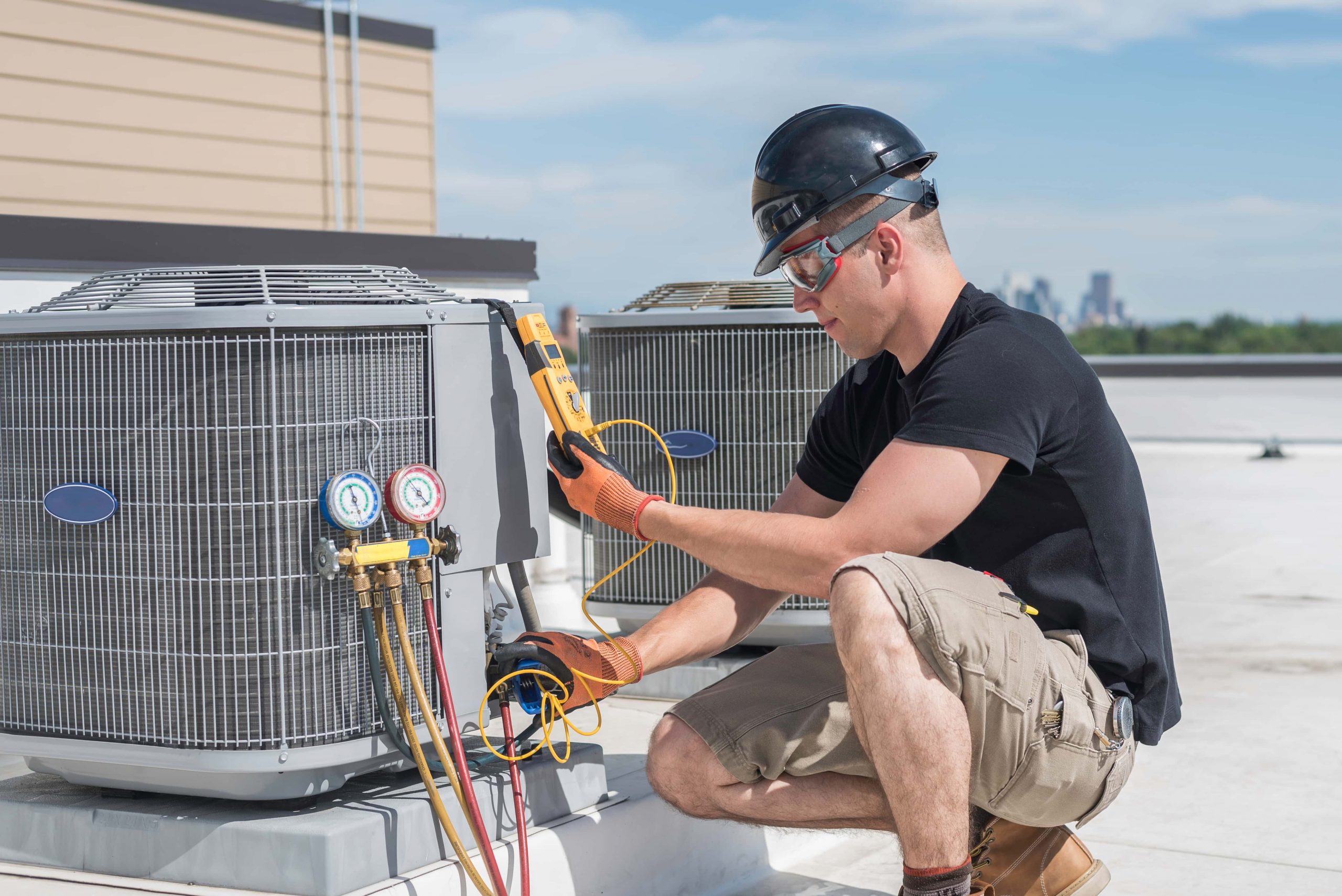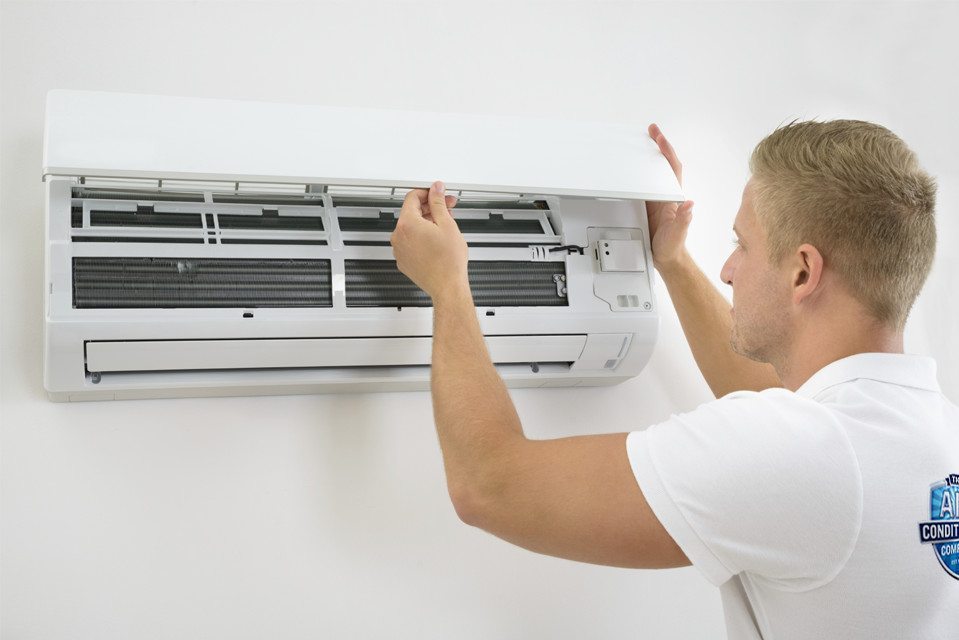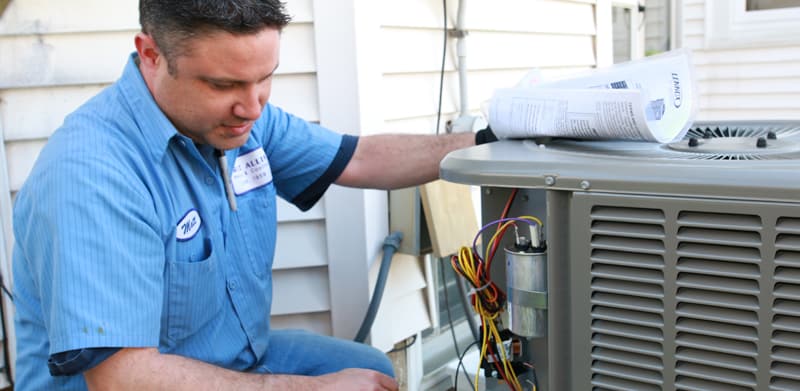When it pertains to developing building rooms, the old saying 'type complies with feature' applies. However have you ever before thought about how integrating cooling right into architecture can raise comfort and performance simultaneously?
The seamless combination of cooling systems within the structure of a structure not only impacts the occupants' health yet also affects the total sustainability of the structure. https://kilburnacinstallation.co.uk As you discover the detailed relationship in between layout and cooling, a globe of ingenious solutions and innovative innovations awaits your discovery.
Trick Takeaways
- Energy-efficient systems enhance comfort and sustainability.
- Integrated cooling enhances indoor air high quality.
- Balancing looks and functionality makes sure suitable design.
- Future fads concentrate on clever, lasting air conditioning services.
Value of Integrated Cooling
When making rooms, integrating cooling is important for guaranteeing the very best comfort and functionality. Energy performance plays a vital role in the style procedure, as it not just lowers operational costs but additionally lessens the ecological effect of the building. By integrating energy-efficient a/c systems, you can produce a sustainable and affordable service that benefits both the occupants and the world.
In addition, indoor air top quality is an additional essential factor to take into consideration when designing with integrated air conditioning. Proper ventilation and purification systems assist preserve a healthy and balanced interior setting by reducing contaminants and irritants. This causes improved passenger health and wellness and performance. When choosing cooling systems, focus on those that offer innovative filtration innovations to enhance the total indoor air quality.
Aspects Influencing Design Choices
Incorporating cooling right into building layouts needs cautious consideration of various factors that influence layout choices. When integrating air conditioning systems, sustainability considerations are essential to minimize the structure's ecological influence. Individual experience plays a considerable duty in determining the efficiency and satisfaction with the air conditioning system.

- Energy Efficiency: Sustainable design techniques intend to decrease power intake, which not just profits the setting yet likewise reduces functional costs for the building proprietor.
- Indoor Air Top Quality: Offering a comfortable and healthy and balanced indoor setting enhances the general customer experience, advertising performance and wellness.
- Aesthetic appeals and Integration: Incorporating cooling systems seamlessly into the building style makes sure that functionality doesn't endanger the visual allure of the area, boosting individual contentment and general structure visual appeals.
Reliable Cooling Down Approaches for Structures
To maximize cooling down efficiency in buildings, think about integrating passive style techniques together with a/c systems. Passive air conditioning strategies can significantly decrease the requirement for mechanical cooling, bring about more sustainable remedies for keeping comfy interior temperature levels. Layout functions such as shielding gadgets, natural ventilation systems, and thermal mass can aid manage temperatures without counting solely on energy-intensive cooling. By tactically putting home windows to take full advantage of cross air flow or using reflective roofing products to minimize solar warmth gain, you can harness the power of nature to cool your structure effectively.
In addition to passive strategies, carrying out lasting remedies like eco-friendly roofings or living wall surfaces can further boost cooling effectiveness by offering insulation and lowering warmth absorption. These attributes not only aid in preserving comfortable indoor temperature levels yet also add to a greener environment. By integrating easy air conditioning strategies with sustainable services, you can develop a much more energy-efficient and eco-friendly structure design that prioritizes both convenience and preservation.

Balancing Looks and Performance
Consider the unified integration of visual elements with practical elements in your architectural style to ensure a well balanced and impactful outcome. When incorporating air conditioning systems into your structure layout, striking an equilibrium in between appearances and performance is crucial to creating rooms that not only look great however also give excellent comfort for residents.
To attain this balance, keep the adhering to points in mind:
- Mix the System with the Environments: Make sure that the cooling systems or vents seamlessly incorporate with the overall aesthetic of the area, whether through hidden placement, ornamental covers, or matching shades.
- Focus On User Experience: Design the air flow and temperature control systems in such a way that focuses on the comfort and health of the residents. Think about aspects such as air distribution, noise degrees, and ease of use to improve the overall customer experience.
- Integrate Lasting Practices: Select energy-efficient air conditioning options that not just contribute to the aesthetic appeal of the building however additionally advertise sustainability and lower ecological influence.
Future Trends in Architectural Cooling
As you imagine the future of building layout, remaining abreast of emerging air conditioning fads becomes critical for enhancing both kind and function within your projects.
The combination of clever modern technologies into architectural cooling systems is set to transform the means buildings are cooled. These systems utilize data and automation to enhance power use, giving individualized convenience while decreasing environmental effect.
Lasting services are likewise shaping the future of architectural air conditioning. From easy layout approaches that make best use of natural ventilation to cutting-edge air conditioning products that lessen the need for typical air conditioning, sustainability is at the center of cooling down advancements. Engineers are increasingly including eco-friendly roofs, shading components, and thermal mass right into their styles to develop more energy-efficient cooling systems.
Frequently Asked Concerns
Exactly How Does A/c Effect the General Sustainability and Energy Effectiveness of a Building Layout?
When you integrate air conditioning into building design, it influences sustainability and power efficiency. Energy usage can rise due to air conditioning usage, affecting structure effectiveness. This boosted energy demand can have unfavorable ecological effects, lowering general sustainability.

To reduce these impacts, take into consideration integrating energy-efficient cooling and heating systems, proper insulation, and passive air conditioning methods. Balancing convenience with energy performance is very important for developing sustainable building styles.
Exist Any Kind Of Regulations or Certifications That Architects Required to Take Into Consideration When Integrating Air Conditioning Into Their Styles?
When incorporating a/c into your designs, it's essential to take into account governing requirements like building codes and certification standards for power efficiency. Satisfying these guidelines guarantees that your job lines up with industry ideal methods and environmental objectives.
Acquainting on your own with these regulations will certainly assist you in creating sustainable layouts that prioritize convenience while likewise minimizing power usage. Stay educated and certified to deliver tasks that are both comfy and environmentally friendly.
Can the Positioning of Cooling Units Affect the General Comfort and Capability of a Room?
When it involves a/c systems, positioning matters a whole lot for your area's comfort and performance. Air circulation is key, so prevent obstructing vents or positioning units in tight corners.
Consider exactly how environmental pollution can impact your atmosphere and aim for a cosmetically pleasing configuration that mixes seamlessly with your spatial layout.
Focus on where you position these devices to ensure optimum comfort and effectiveness throughout your space.
What Are Some Innovative Technologies or Products That Can Be Used to Enhance Air Conditioning Solutions in Modern Style?
To improve air conditioning systems in modern-day architecture, you can check out smart controls and sustainable materials. Passive cooling techniques and using thermal mass are innovative methods to enhance performance and convenience.
How Can Architects Ensure That the Style of Cooling Solutions Matches the Overall Aesthetic of a Structure While Still Focusing On Functionality and Convenience?
To ensure the style of air conditioning systems matches a structure's visual, focus on aesthetic assimilation and design consistency. Incorporate energy-efficient innovations for performance. Stabilizing looks and capability boosts passenger comfort.
Emphasize seamless combination of cooling components into the architectural layout. By focusing on both looks and energy efficiency, designers can develop an area that's aesthetically attractive, comfy, and eco-friendly.
Conclusion
Overall, when designing with comfort in mind, incorporating air conditioning in style is vital. By taking into consideration aspects such as efficient cooling strategies, stabilizing aesthetics and capability, and remaining in advance of future patterns, engineers can develop areas that aren't only visually enticing but likewise comfortable for occupants.
It is very important to focus on the wellness and comfort of those that'll be utilizing the space, and integrated a/c plays an essential role in accomplishing this objective.
